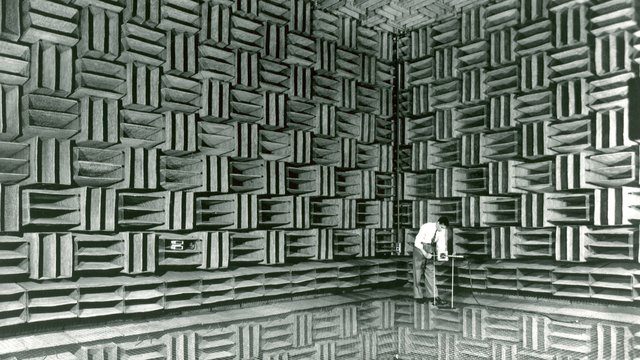“La Haine is both stylised and naturalistic, placing the audience deep within its banlieue setting, so that it becomes an observer of what the then-president Jacques Chirac had described disparagingly a couple of years earlier in his career as “le bruit et l’odeur” (the noise and the stench) of such working-class areas. It’s this layer of banlieue noise – piercing police sirens, smashing glass, the shouts of street fights echoing between concrete high-rises – that blends so effectively with the film’s soundtrack. The combination of the two clearly evokes the simmering brutality that in France was ready to boil over by the mid-1990s.”
“Kassovitz recruited the hardcore rap collective Assassin – a group that emerged from the banlieues in the mid-1980s – to oversee the film’s soundtrack.”
“This presented a real opportunity to put French rap at the forefront; to spit out a uniquely French take on the passion and anger of gangster rap.”
La Haine’s soundtrack is one rooted in rebellion and struggle.
“These French artists, often of African and North African ancestry, rewrote bleu-blanc-rouge – the blue-white-red of the French flag – as black-blanc-beur, ‘black-white-Arab’, and espoused a rap rooted in diaspora and protest. And so, when a fresh wave of riots exploded on the capital’s outskirts again a decade later in 2005, the then-minister of the interior, Nicolas Sarkozy, found a scapegoat: not just the citizens themselves, but the French rappers who radicalised them. This resulted in rappers facing legal action.”
“La Haine’s opening scene depicts real footage of demonstrations and riots in the banlieues of Paris over the previous decade, set to Bob Marley and the Wailers’ Burnin’ and Lootin’. Kassovitz said that he wanted city sounds to become a sort of music of their own, “a growl, a layer of sound but a natural sound”.”
“Reggae has historically been a vehicle for sociopolitical commentary, so the tune was a natural choice to introduce Kassovitz’s blistering treatise on police-on-banlieue brutality.”
